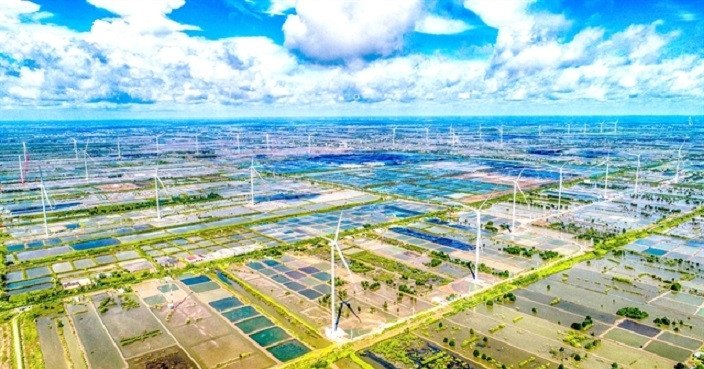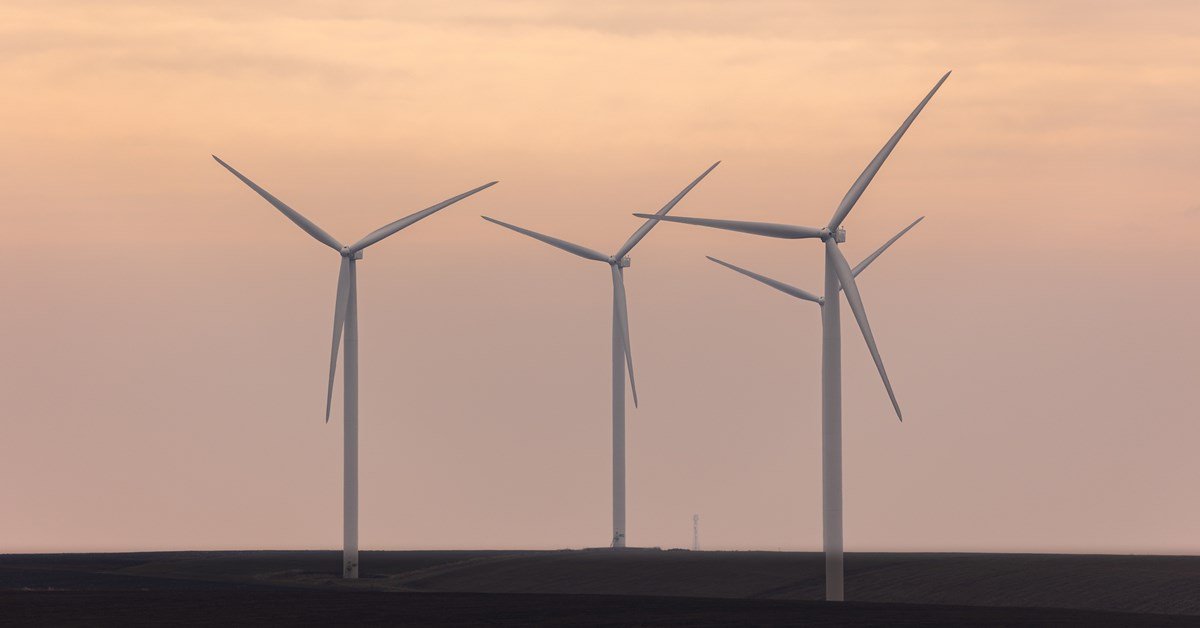Vietnam aims to harness its offshore wind energy potential as part of its commitment to achieve Net Zero emissions by 2050. Under the national power development plan for 2021–2030, with a long-term vision extending to 2050, the Vietnamese government targets the installation of 6 to 17 gigawatts (GW) of offshore wind power capacity by 2035. Preliminary studies conducted by both local and international organizations indicate that Vietnam possesses substantial offshore wind resources.
Vietnam’s geographical advantages include over 3,260 kilometers of coastline, a 12-nautical-mile territorial sea, and an exclusive economic zone (EEZ) that extends 200 nautical miles offshore. The country benefits from consistently high wind speeds, particularly in the East Sea. Research by the National Center for Hydro-Meteorological Forecasting estimates that the Gulf of Tonkin and the Ninh Thuan–Vung Tau region have an average technical wind energy potential of around 500 watts per square meter (W/m²). Preliminary findings suggest that Vietnam’s EEZ spans more than 300,000 square kilometers suitable for offshore wind development, with a potential technical capacity exceeding 1,000 GW. Nearshore areas, defined as within 6 nautical miles, present approximately 58 GW of potential capacity.
The World Bank has identified 14 viable zones for wind farm development in Vietnam, which could generate 6 GW by 2030 and 40 GW by 2040. These projections align with the national energy planning framework. The World Bank’s evaluations include considerations for fixed-bottom technologies, energy costs, biodiversity impacts, and socio-economic effects.
Dr. Du Van Toan from the Institute of Environment, Seas, and Islands emphasized that countries such as those in Northern Europe, the U.S., and China have been developing offshore wind farms for decades. China currently produces between 40 and 50 GW from offshore wind, far surpassing European nations and leading the U.S. by a substantial margin.
In addition to helping Vietnam meet its Net Zero objectives, offshore wind energy offers multiple advantages: it requires less land, generates no noise pollution, and alleviates pressure on conventional power sources. Given the expansive potential of Vietnam’s coastal regions, the commercial feasibility of offshore wind energy is clear. Although technological challenges related to installation and operations have historically impeded progress, advancements in science and engineering have greatly mitigated these issues. Modern offshore turbines, whether horizontal or vertical axis types, demonstrate high efficiency and durability. However, cost remains a critical factor, with individual turbines priced at tens of millions of dollars. Investors focus on the long-term viability of energy commitments and resource availability, as these turbines typically have an operational lifespan of around 35 years.
Stuart Livesey, Country Director for Vietnam at Copenhagen Infrastructure Partners (CIP), highlighted that offshore wind development has generated around 300,000 construction jobs and 22,000 operational roles globally over the past two decades. Many workers have transitioned from oil, gas, thermal power, and mechanical sectors into offshore wind roles. This sector is also creating new opportunities in environmental science, project management, and electromechanics. CIP has successfully developed offshore wind projects in Taiwan and South Korea, integrating wind power with supply chain logistics, port infrastructure, and local economic growth.
Despite early research efforts, Vietnam’s offshore wind sector remained underdeveloped for years. A turning point came with the adoption of Resolution No. 36-NQ/TW on sustainable marine economic development, which aims to guide progress until 2030 and beyond. The upcoming 2024 Electricity Law and the revised Power Plan VIII now facilitate the development of up to 139 GW of offshore wind capacity by 2050. At this scale, the sector could generate an estimated industry value of about $420 billion.
However, most evaluations of Vietnam’s offshore wind capacity are still in preliminary stages. These assessments rely on long-term meteorological data, small-scale wind measurements, oceanographic studies, and a 12-month environmental survey by the World Bank. While these datasets clarify offshore wind’s possibilities and help gauge electricity production costs, pricing structures, investment risks, and development zones, comprehensive geophysical and geotechnical surveys of Vietnam’s offshore areas are still necessary. Essential evaluations related to security, defense, and maritime safety also remain outstanding, indicating considerable groundwork is needed before offshore wind can emerge as a significant economic sector and a key element in Vietnam’s journey toward Net Zero.
To achieve these ambitious goals, Vietnam must create a clear and proactive development roadmap. Authorities should delineate development zones, invest in sophisticated ocean monitoring systems, and conduct thorough studies on the economic viability of offshore wind. Additionally, exploring other marine energy sources like wave and tidal energy, and establishing a framework for sharing meteorological and oceanographic data, will be critical for future energy planning. As the global transition from traditional to renewable energy accelerates, the advantages of offshore wind can substantially propel Vietnam’s development and support its commitment to achieve net-zero emissions by 2050.




